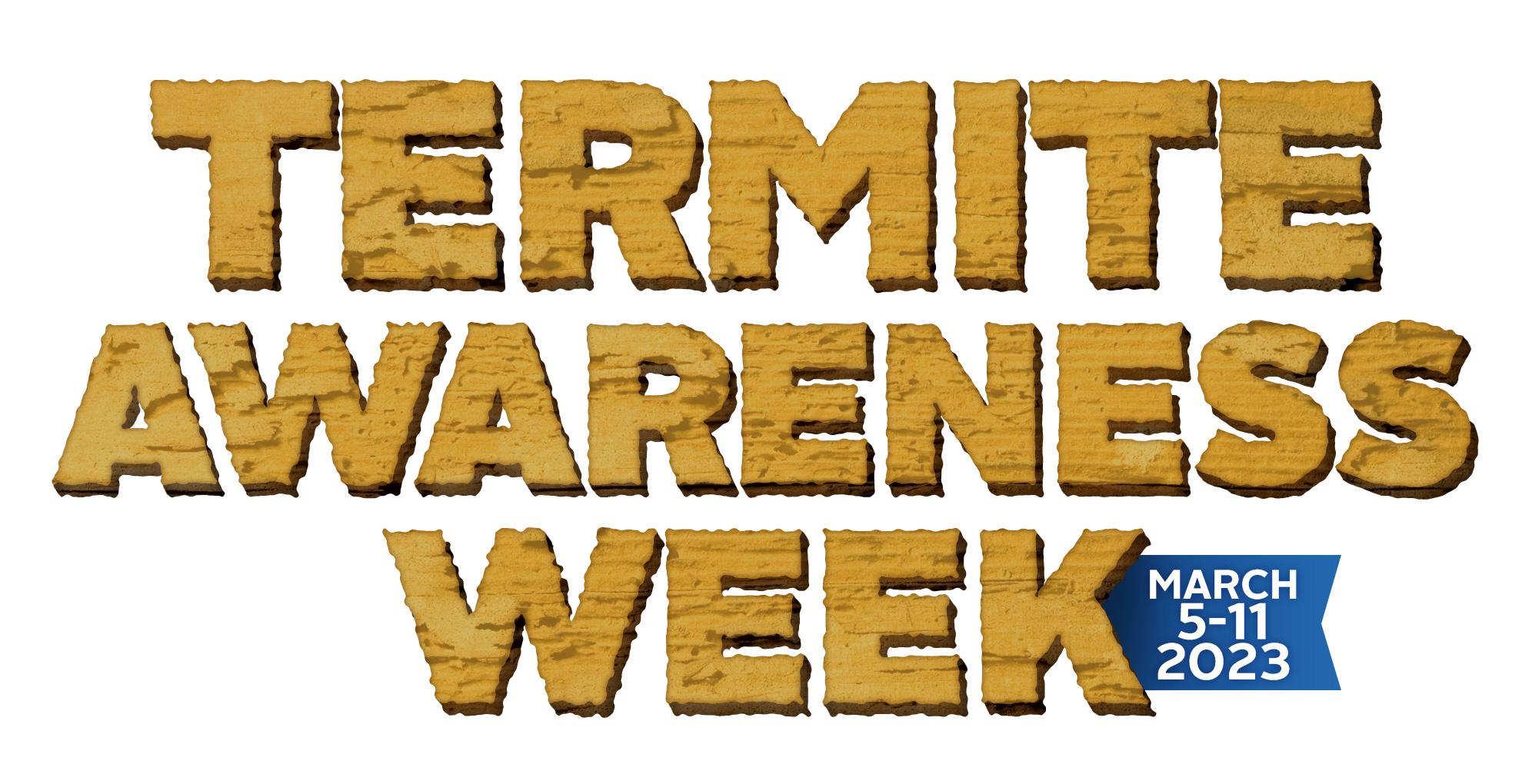Click To Call > (800) 966-7673
Thursday, March 9, 2023
Termites make their yearly debut in the form of swarms during the early months of Spring and Summer. Swarming usually begins in early spring on a warm sunny day following a soaking rain.
While off-putting to some, these swarms can show love and affection for the species - with males and females buzzing about to mate and preserve their colony's future. On the other hand, swarms can also signify distress or an effort to forage for food - depending on the situation a colony is facing.
 Often confused with flying ants, termites can be differentiated by the appearance of their wings - all of which are the same size, whereas ants have much smaller hind wings which are quickly shed from their body after flight. Termites also have straight tubular bodies, while ants have a distinctly narrow waist. Homeowners may encounter worker and soldier termites which are identified by their elongated heads and big jaws - but are more likely to find discarded wings.
Often confused with flying ants, termites can be differentiated by the appearance of their wings - all of which are the same size, whereas ants have much smaller hind wings which are quickly shed from their body after flight. Termites also have straight tubular bodies, while ants have a distinctly narrow waist. Homeowners may encounter worker and soldier termites which are identified by their elongated heads and big jaws - but are more likely to find discarded wings.
The presence of termites can also be noticed in the form of mud tubes - mud and dirt structures extending from moist earth into or near a home - or boreholes in the structure near the ground.
“Termites are attracted to moisture and the predominant species found in Michigan, Ohio or Indiana requires a direct line from their colony to the soil to maintain proper moisture levels for its survival,” said Dale Hodgson, regional technical manager for Rose Pest Solutions. “While damage from a termite infestation doesn’t happen overnight, homeowners should always remember to contact a pest control company like Rose as soon as they notice the signs to ensure there is no long-lasting damage to their property.”
The pest control company offers homeowners the following tips for preventing their structures from attracting termites.
